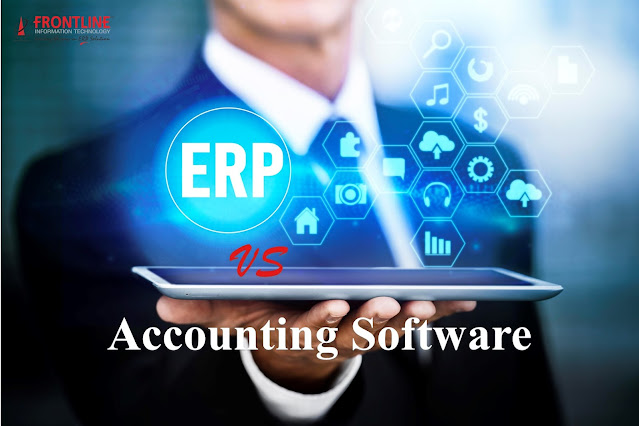Streamlining Subcontracting, Invoicing, Payment Application, and Certification in the Contracting Industry
In the dynamic world of the contracting industry, efficient management of subcontracting, invoicing, payment application, and certification processes is crucial for ensuring smooth project execution and financial accountability. In this blog post, we'll explore how these aspects are interlinked and their purpose and advantages.
Subcontracting and Invoicing:
Subcontracting is a common practice in the contracting industry where specialized tasks or services are outsourced to third-party entities or individuals. This could range from construction tasks like plumbing or electrical work to IT services like software development or network installation.
Once subcontractors are engaged, the primary contractor must establish clear agreements outlining the scope of work, timelines, deliverables, and payment terms. Subcontractors then issue invoices to the primary contractor upon completion of the agreed-upon tasks or milestones.
Managing subcontractors and their invoices requires effective communication, coordination, and financial oversight for the primary contractor. Utilizing subcontracting management software or platforms can streamline this process, ensuring timely payments to subcontractors while maintaining project timelines and budgets.
Purpose and Advantages of Payment Application:
Payment application is the formal process through which contractors request payment from clients or project owners for work completed. This typically involves submitting detailed documentation, such as progress reports, work logs, and invoices, to support the amount requested.
The primary purpose of payment application is to facilitate transparent and fair compensation for the work performed. By documenting completed tasks and milestones, contractors can ensure that they receive timely payments by the terms of the contract.
Advantages of payment application include:
1. Financial Transparency: Payment applications provide a clear breakdown of the work completed and the corresponding costs, promoting transparency between contractors and clients.
2. Cash Flow Management: By submitting payment applications regularly, contractors can better manage their cash flow and ensure steady revenue streams throughout the project lifecycle.
3. Dispute Resolution: Detailed payment applications serve as a reference point for resolving any disputes or discrepancies regarding payment amounts or project progress.
4. Documentation for Auditing: Payment applications serve as valuable documentation for internal auditing purposes or in the event of a legal dispute.
Purpose and Advantages of Payment Certification:
The primary purpose of payment certification is to provide assurance to clients or project owners that payments are being made for legitimate and verifiable work. By certifying payment applications, project managers, engineers, or architects play a crucial role in upholding financial accountability and project integrity.
Advantages of payment certification include:
1. Quality Assurance: Certification ensures that payments are made only for work that meets the required quality standards and specifications.
2. Risk Mitigation: Project stakeholders mitigate the risk of unauthorized or fraudulent payments by certifying payment applications.
3. Compliance with Contractual Obligations: Payment certification helps ensure compliance with the terms and conditions outlined in the contract, reducing the likelihood of disputes or legal issues.
4. Maintaining Project Schedule: Timely certification of payment applications allows for prompt payment processing, helping maintain project momentum and schedule adherence.
In conclusion, effective management of subcontracting, invoicing, payment application, and certification processes is essential for the success of contracting projects. By leveraging technology, fostering transparent communication, and upholding financial accountability, contractors and project stakeholders can optimize project outcomes and build trust among all parties involved.




Comments
Post a Comment